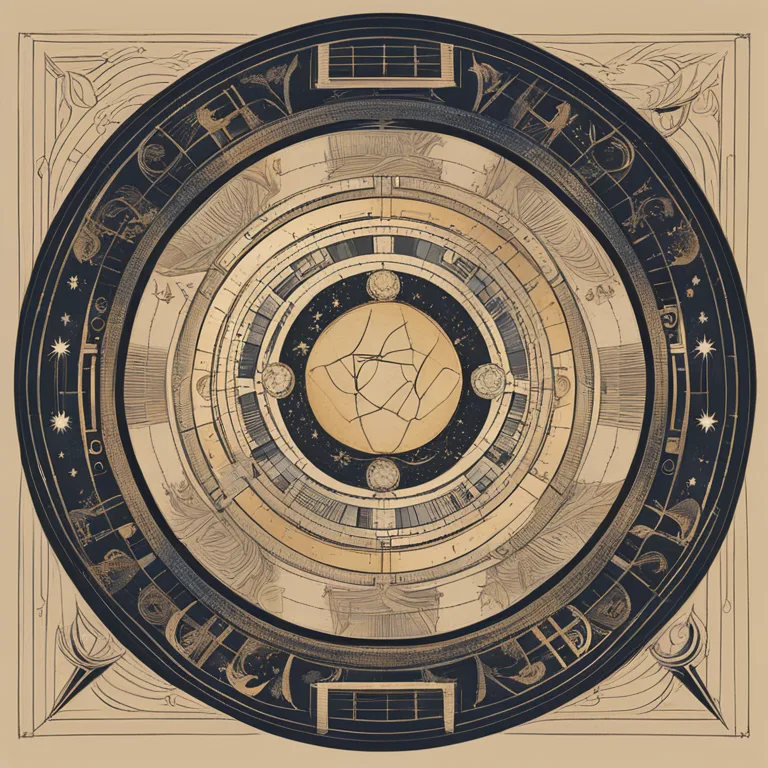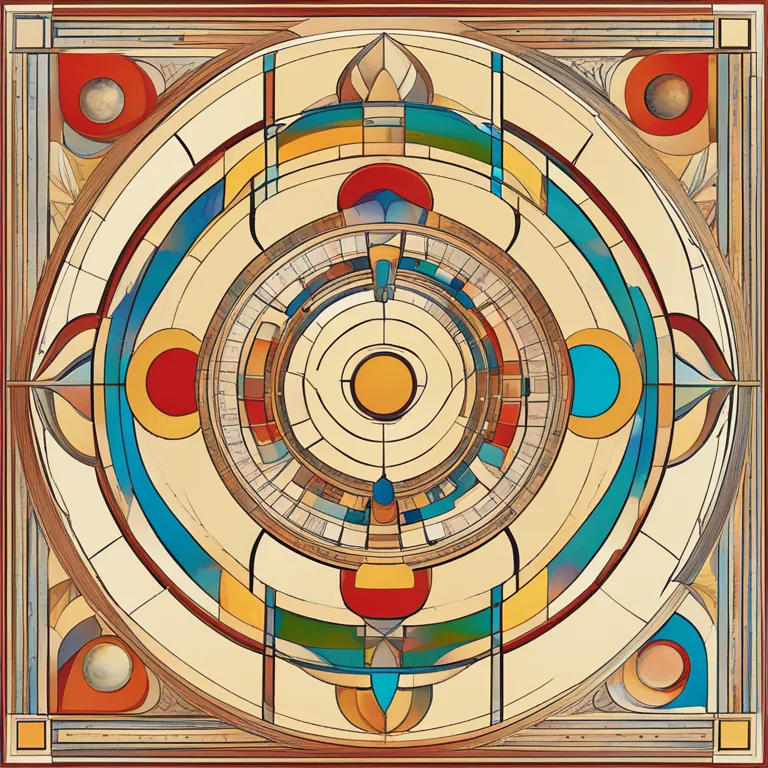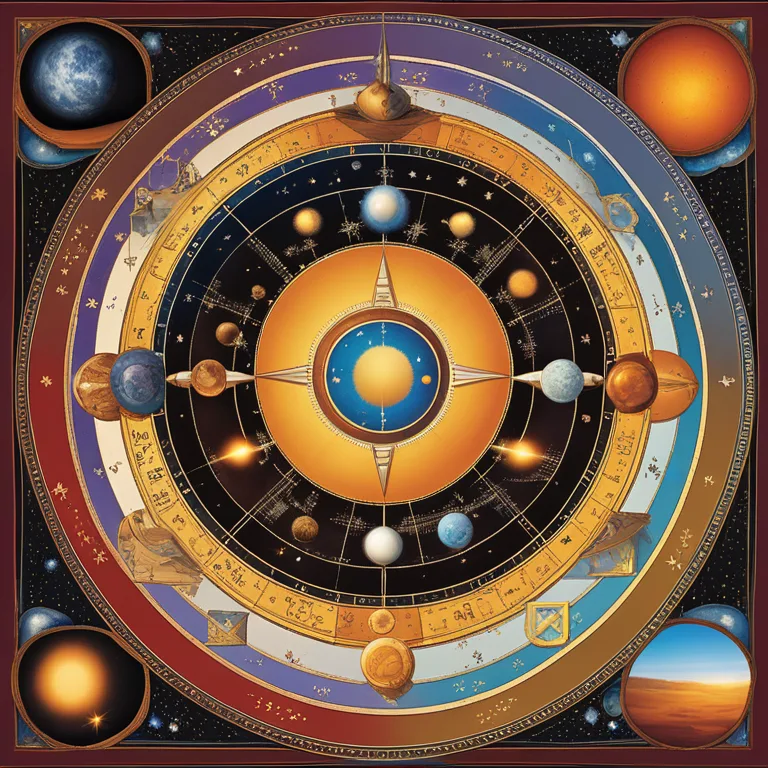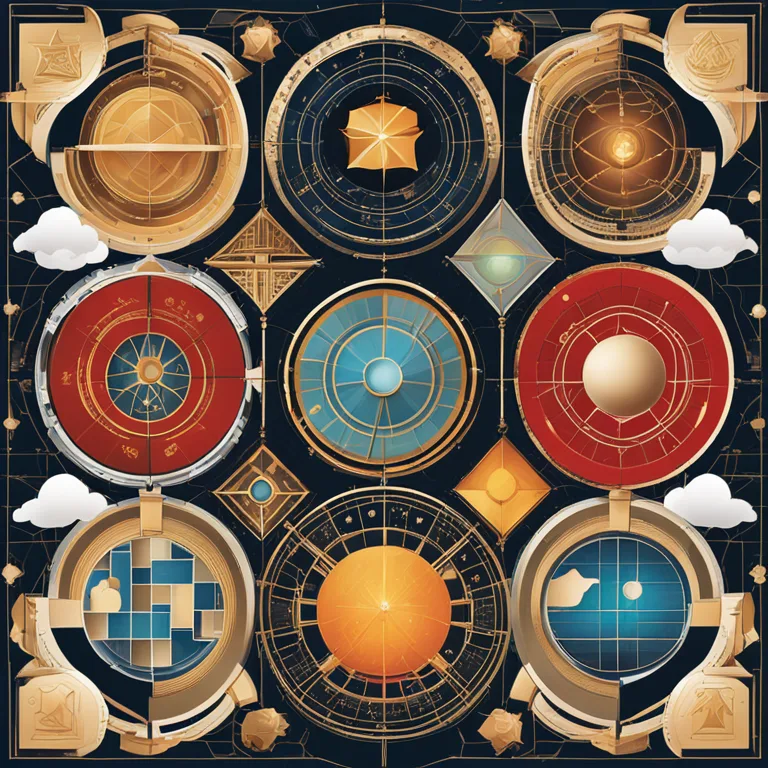
Evaluating Your Birth Chart's Quality
Learn the key aspects to assess the auspiciousness of your astrological birth chart with practical insights.
article by Priya Deshmukh
Introduction
About to embark on a journey of astrological discovery, many of us have wondered about the nature of our birth chart. In astrology, a birth chart, also known as a natal chart, is a map of where all the planets were in their journey around the Sun at the exact moment you were born. A "good" birth chart is a subjective term, often associated with favorable placements that promise wealth, health, and happiness. However, an adept interpretation weighs many factors, including challenges and their developmental potential.

Key Planetary Positions
Start with the Sun, Moon, and Ascendant, known as the 'Big Three.' The Sun represents your core identity, the Moon dictates your emotions, and the Ascendant—or rising sign—reveals the mask you present to the world. These positions offer a foundational understanding of your innate traits. Favorable aspects, such as trines and sextiles to these points, can indicate natural talents and ease in expressing your personality. Conversely, harsh aspects like squares and oppositions might denote internal conflicts or external challenges.

The Role of Houses
Distinct life areas are represented in the twelve houses of your chart. Planetary residents and their rulerships within these houses can indicate strengths and weaknesses. A "good" chart might show planets in dignities (like Venus in Taurus) or exaltations (such as Mars in Capricorn), especially within angular houses (1st, 4th, 7th, 10th) that have a pronounced impact on life's structure. Empty houses aren't inherently negative, as focus may simply be placed elsewhere in the chart.

Aspects Between Planets
Understanding the conversations between the planets is crucial. Benefic aspects (sextiles, trines) suggest a harmonious flow, whereas challenging aspects (squares, oppositions) point to growth through struggle. Though one might perceive a chart with predominately easy aspects as "good," it is the overcoming of difficulties portrayed by harder aspects that often contributes to character development and resilience.

Balance of Elements and Modalities
A well-rounded chart features a balance of the elemental energies (Fire, Earth, Air, Water) and modalities (Cardinal, Fixed, Mutable). Overrepresentation or a lack of an element or modality can guide you towards understanding potential imbalances in personality or life approach. Harmonization of these facets can result in personal growth, making the birth chart a tool for self-awareness and improvement rather than only a static declaration of 'good' or 'bad' qualities.
The Influence of Transits
Your birth chart is not standalone; it is continually influenced by the movement of planets, known as transits. Favorable transits from Jupiter and Venus can bring periods of growth and ease, whereas Saturnian transits may herald times of challenge and consolidation. Recognizing these periods can help you maximize their potentials, making even the most difficult of transits a part of a 'good' astrological influence over time.
Personal Interpretation is Key
There is no universally "good" birth chart, as each person's path to fulfillment and success is unique. Astrology becomes meaningful through personal context—your background, your values, and your aspirations all color the interpretation of your chart. Consulting with a professional astrologer and continual learning can illuminate the dynamic, evolving nature of your personal astrology.
Published: 12/22/2023
Modified: 12/22/2023
More predictions
Come back here soon to learn more about yourself and your future



